A Big Beautiful Bill
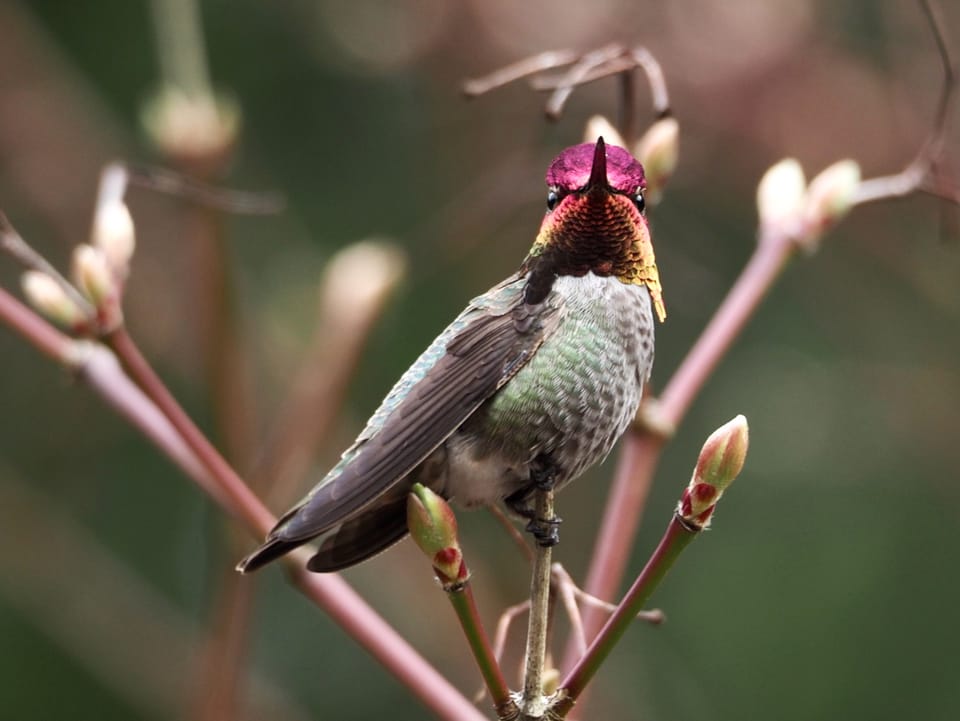
Over the past couple weeks the ominous words
"A Big Beautiful Bill" have been very much in the news, so without diminishing the serious ramifications of the bill being considered by Congress, let's lighten the mood by putting a different spin on the topic.
While populations of many North American hummingbirds have been sharply declining, Anna's hummingbirds have been a bright spot on the radar. Not only are their numbers increasing dramatically but Anna's hummingbirds have also expanded beyond their historic range in Southern California to as far north as Canada and Alaska, and as far east as Texas.
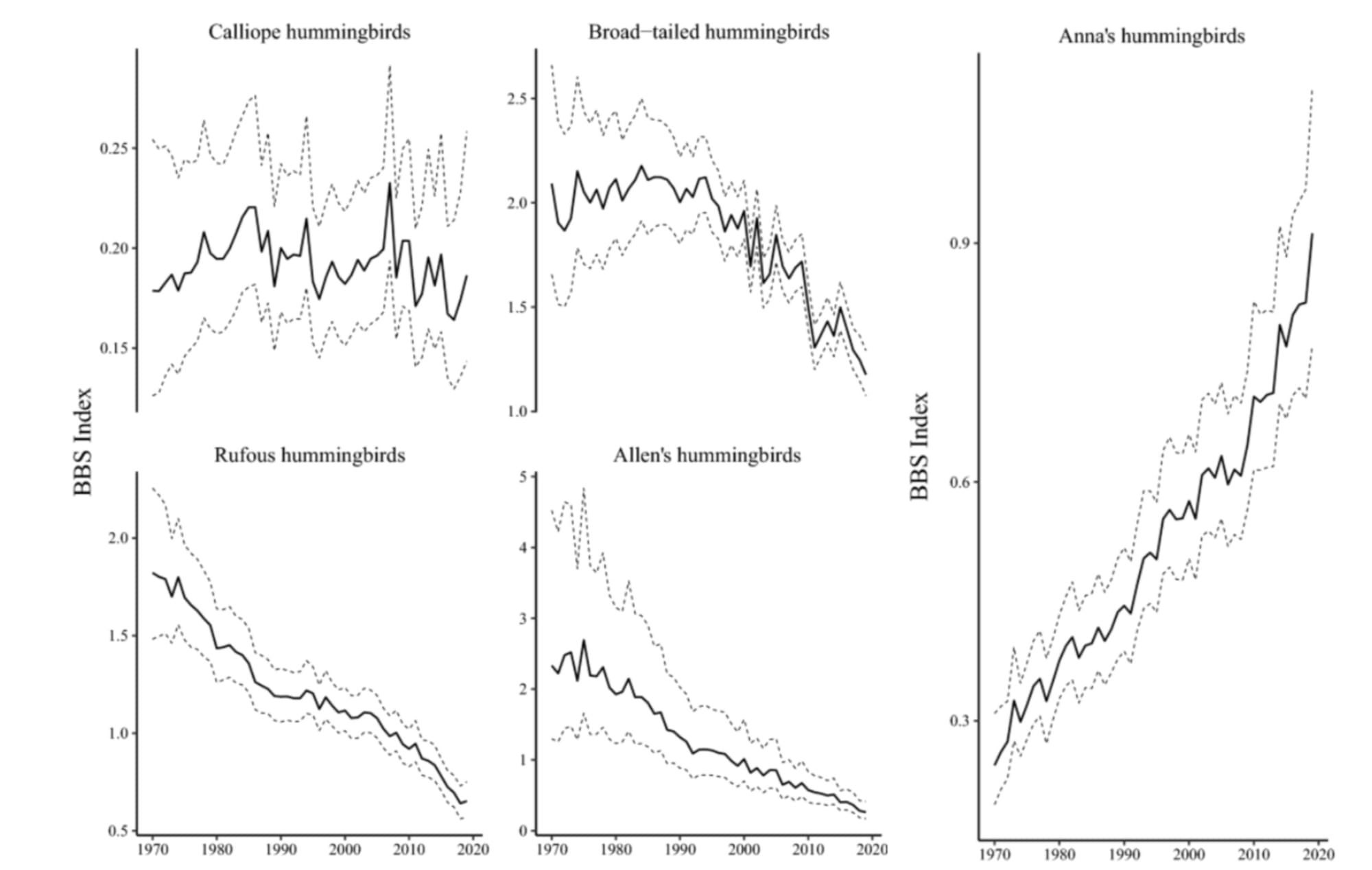
Hummingbirds migrate that south in the winter are especially under threat because they depend on habitats that are being lost, but Anna's hummingbirds have learned to take advantage of the many hummingbird feeders and ornamental flowers that are now available in people's yards. As a result, Anna's have found dependable sources of food so they stick around all winter, or move short distances, and don't face the perils of migration.
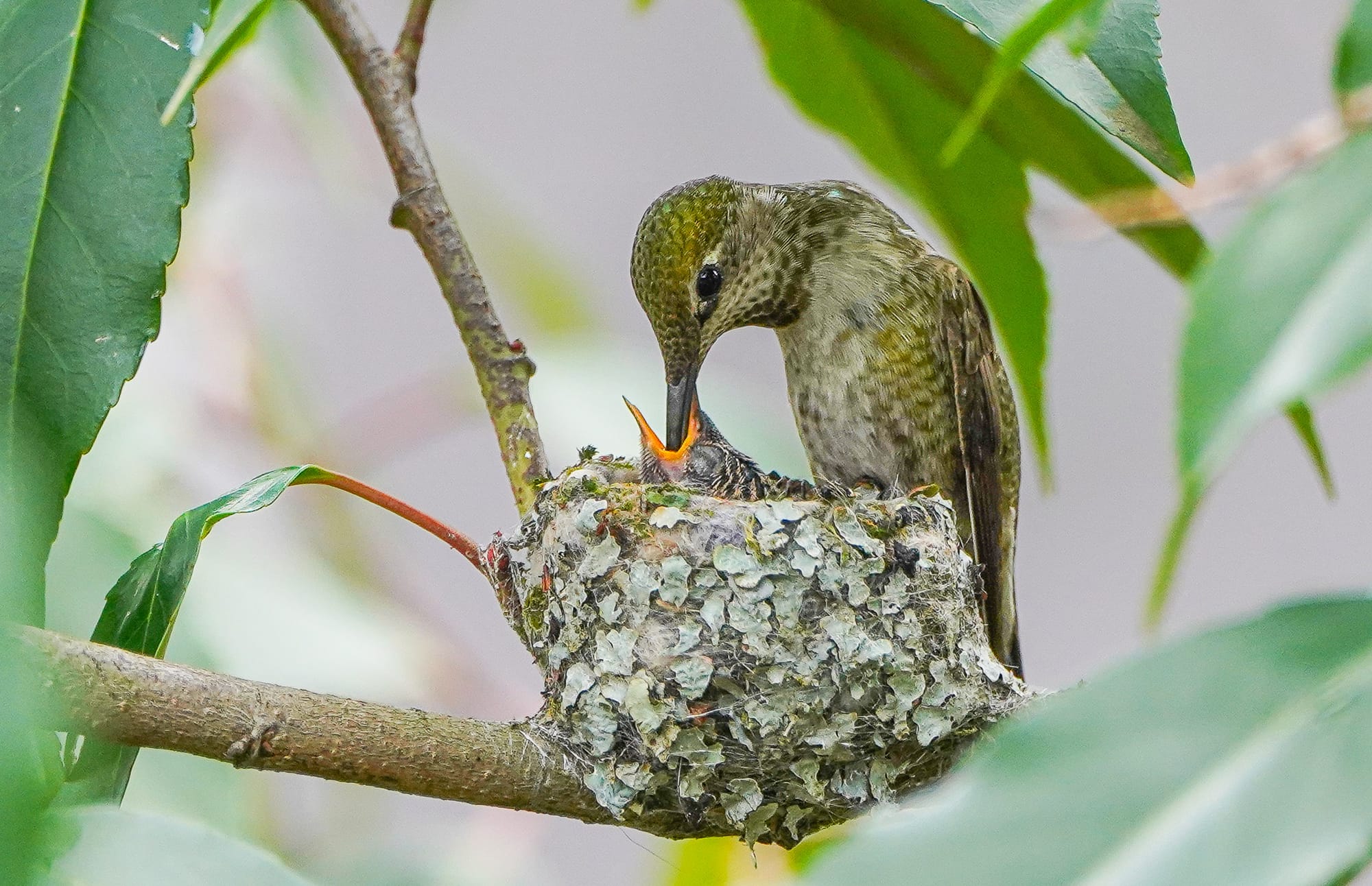
The Anna's hummingbirds success story is well known, but new research adds a remarkable wrinkle to the story. It turns out that becoming dependent on bird feeders has led to Anna's hummingbirds evolving new bill shapes and sizes.
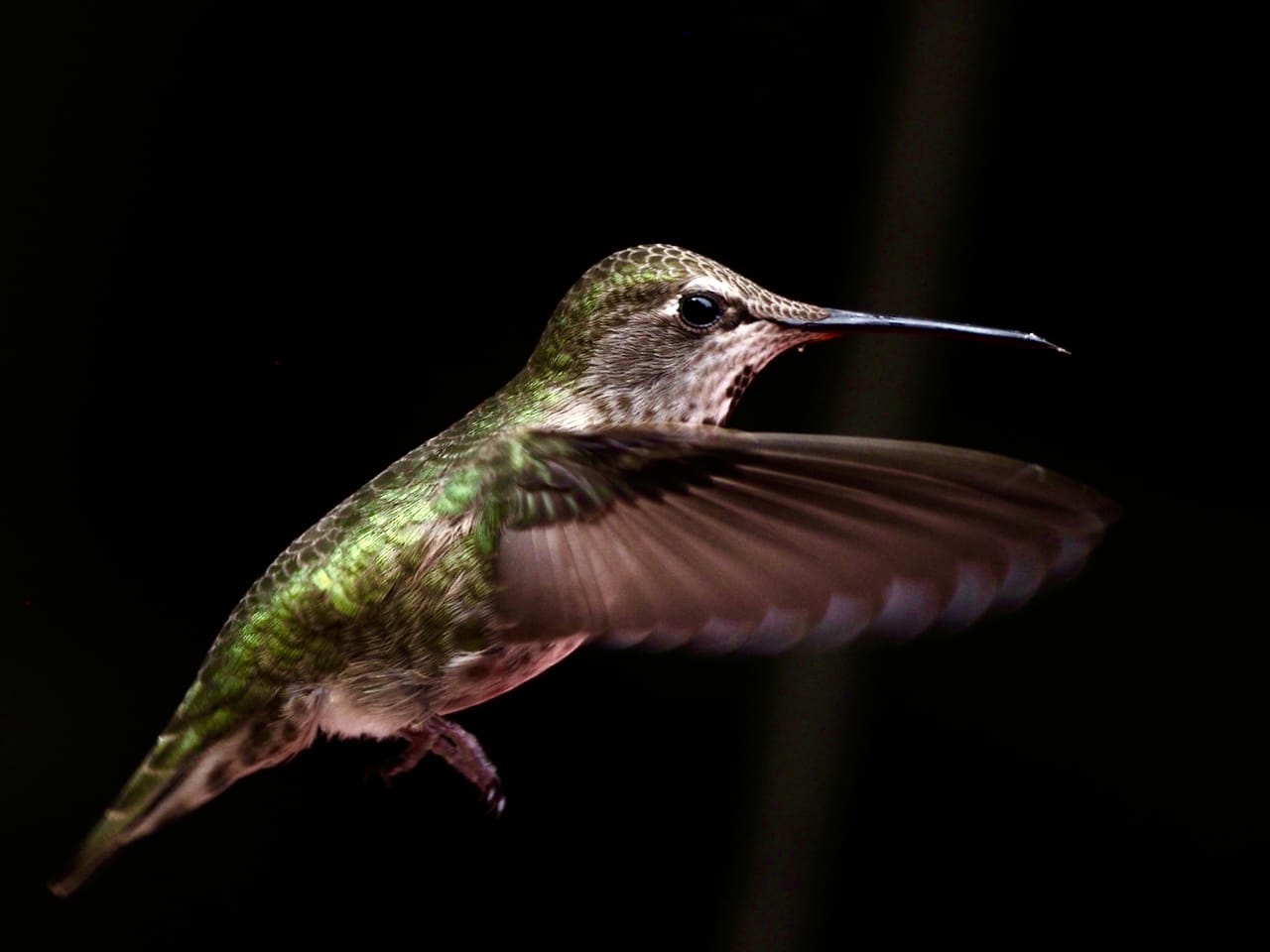
In many parts of their range, the bills of Anna's hummingbirds are now longer and larger. While flowers offer small portions and little motivation for a larger bill, hummingbird feeders provide an almost limitless supplies of nectar, which means that having a bigger bill is like having a bigger spoon for eating much bigger meals.

At the same time, competition around hummingbird feeders can be fierce, so males have also developed sharper, more pointed bills that give them an advantage in aggressive confrontations.
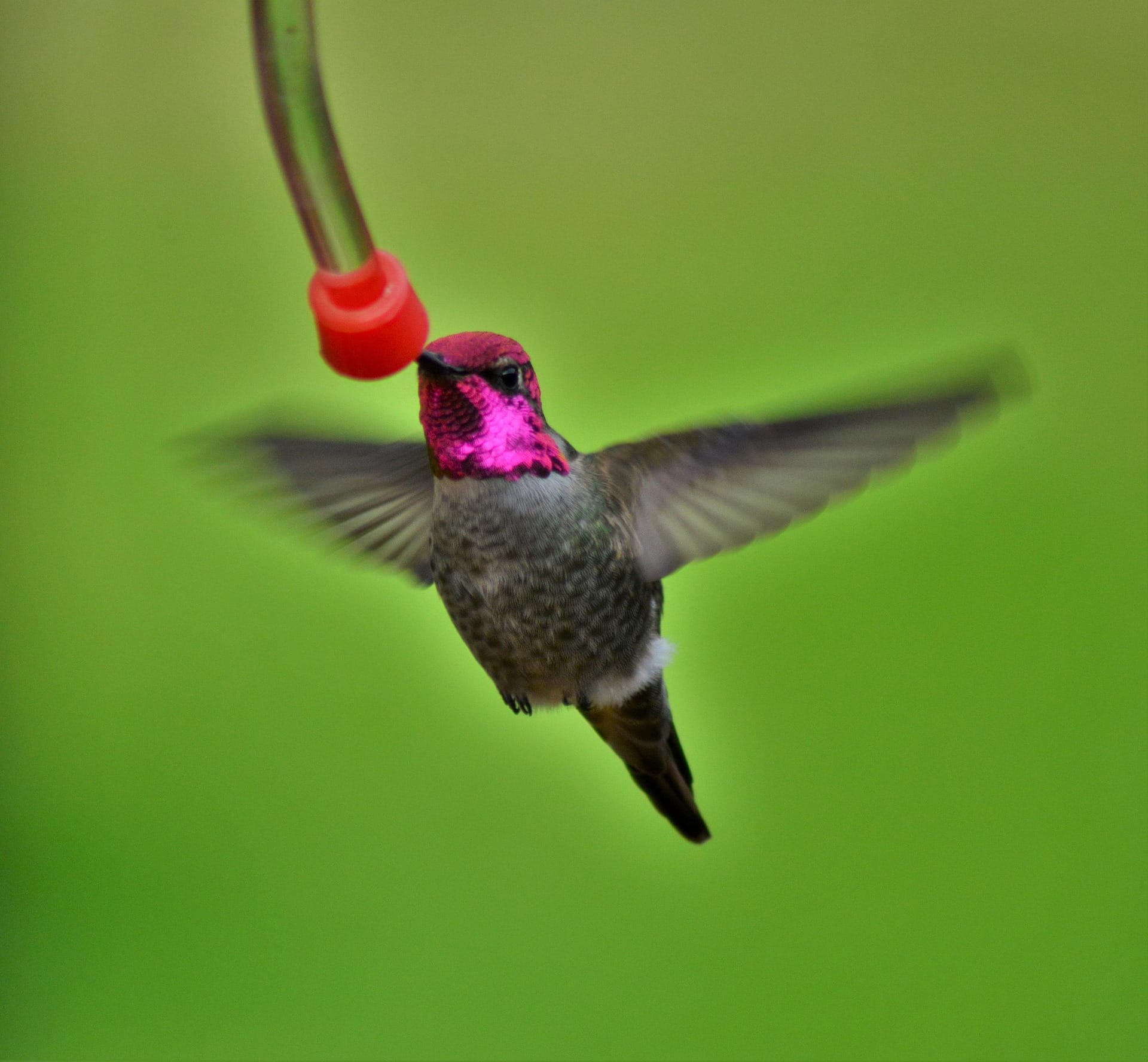
Larger bills are beneficial in southern climates, but the opposite effect is happening in the much colder, northern areas where many Anna's hummingbirds now live. Because hummingbirds lose heat through their bills, these newcomers are developing smaller, shorter bills so they don't lose as much heat. In other words, feeders are allowing them to live further north, where cold temperatures prompt them to develop shorter bills.
What's remarkable is that it's only taken 20 years for Anna's hummingbirds to evolve new bill sizes and shapes in response to feeders!
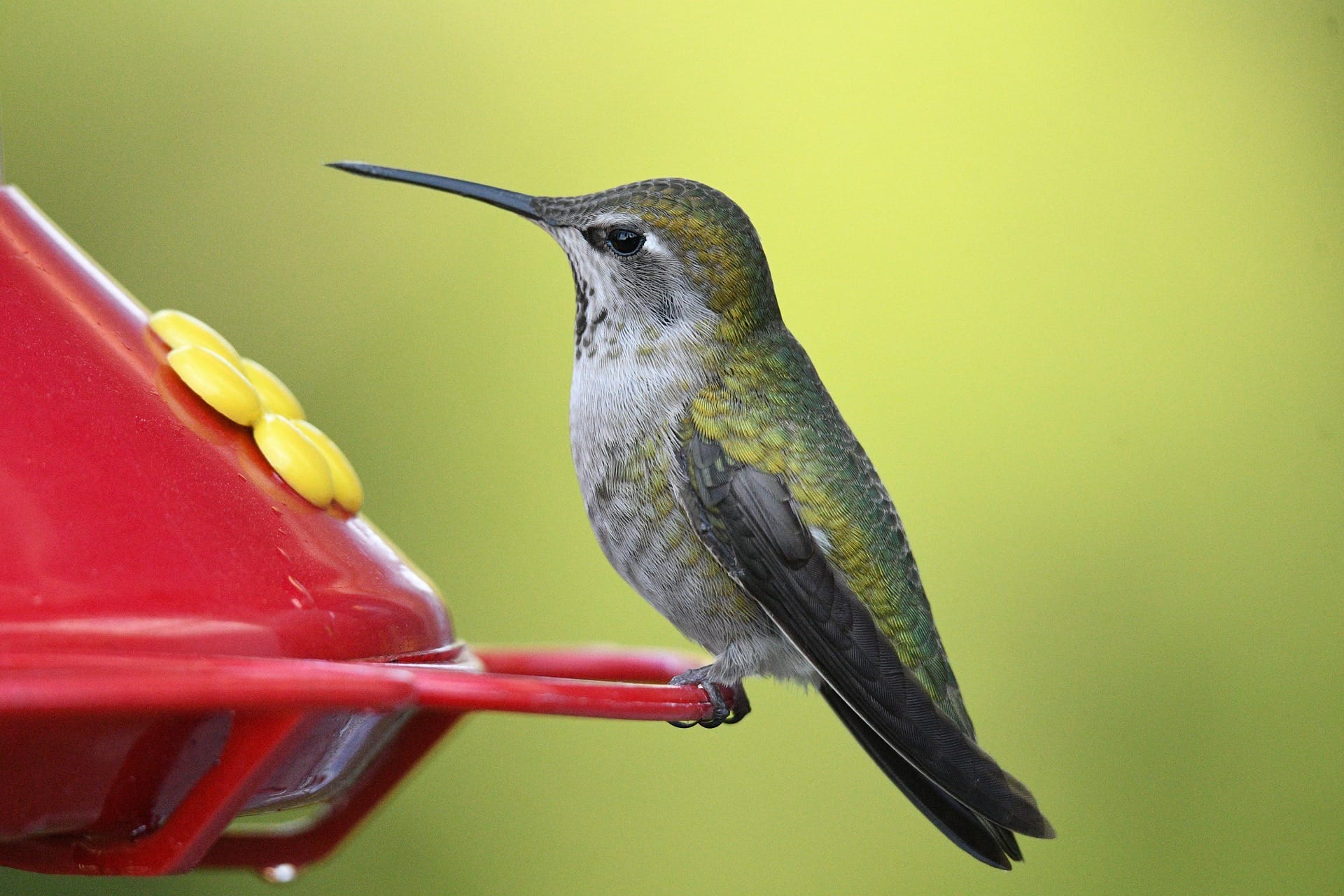
Another fascinating aspect of this relationship is that not only has hummingbird behavior changed but so has human behavior. The idea of feeding hummingbirds was first described in a National Geographic article in 1928, and in 1931 scientists started experimenting with everything from milk to watermelon juice, to different combinations of odor and color, to learn what appealed to hummingbirds.
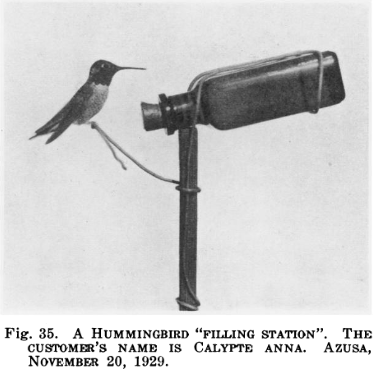
Feeding hummingbirds became a popular fad after World War II, with the first patented hummingbird feeder in 1947 and a boom in hummingbird feeder advertisements appearing in newspapers and magazines all over the country. Over time, this movement sparked an awareness and appreciation for feeding hummingbirds in places and for people who had never paid attention to hummingbirds before.
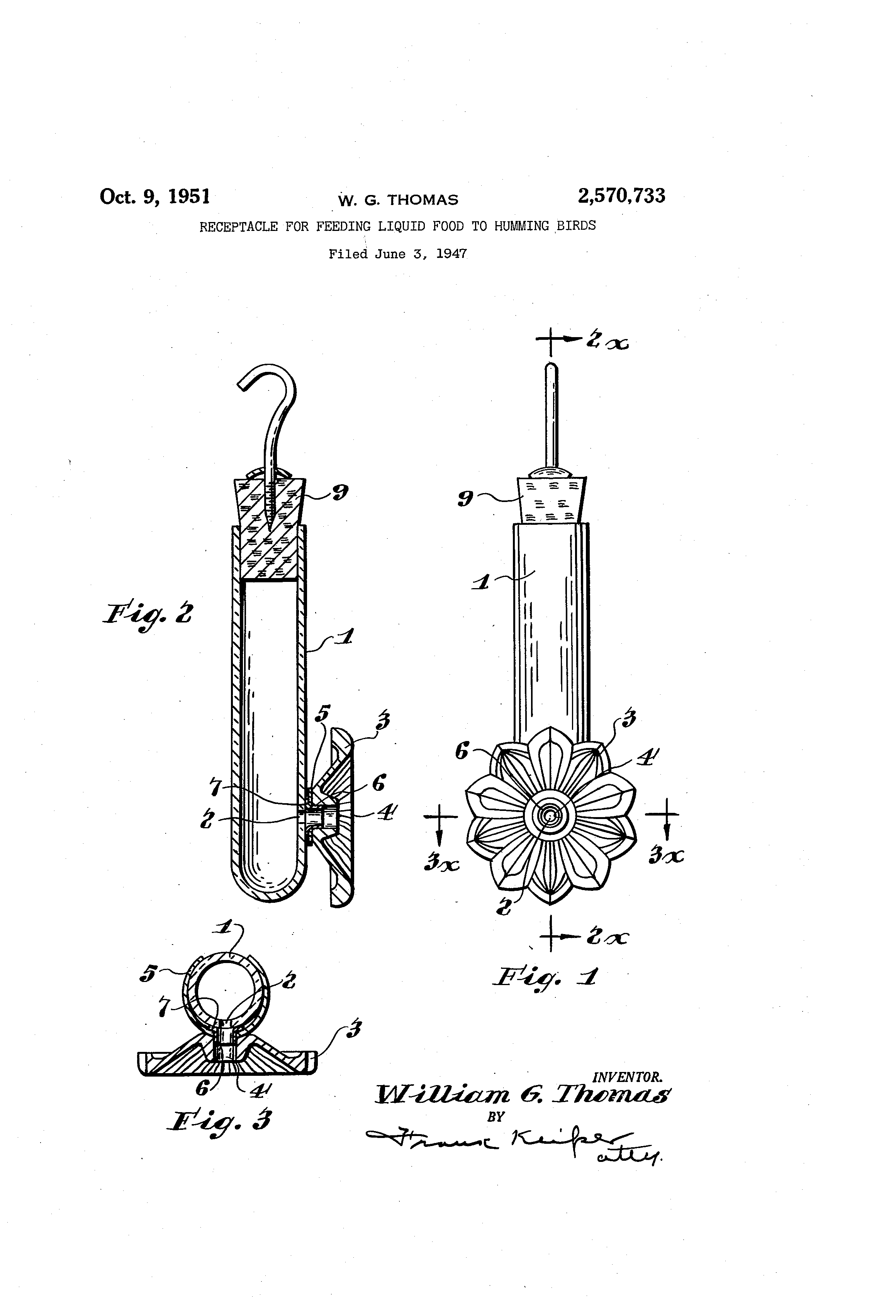
I once worked in a bird feeder store in Portland, Oregon for a couple years and had a chance to witness this passion firsthand. It was incredible to discover how many people absolutely dote on their hummingbirds, preparing huge batches of nectar, cleaning and maintaining feeders on a daily basis, and getting up before sunrise to thaw frozen feeders on winter mornings. It's the kind of unique love story that can only happen between people and those brilliant little dynamos that call our yards their home.
For your viewing pleasure, here is a video I made documenting a female and her nest.

Member discussion